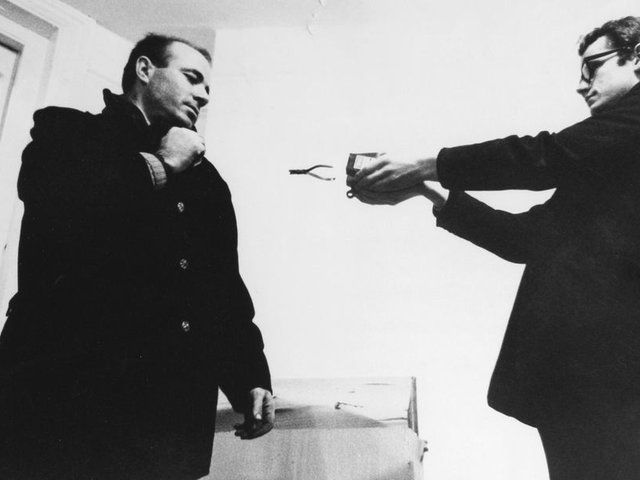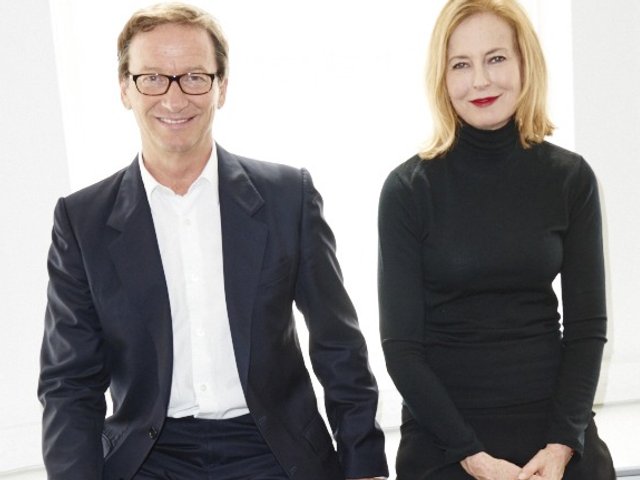Senior appointments to British public galleries seldom occasion debate, and are increasingly influenced by the candidates’ ability to exercise a business plan, as much as their vision of an artistic programme. A characteristic English insularity seems to govern the system of appointments; rarely is a search cast in mainland Europe or America. The recent appointment of Julia Peyton-Jones as the Director of the Serpentine Gallery is no exception.
Peyton-Jones, like her predecessor, Alistair Warman, worked for the Arts Council, but made her mark as a successful fund-raiser for the Hayward Gallery, only later turning to exhibition practice. She organised three important exhibitions for the South Bank Centre: Leonardo, Andy Warhol and a Jasper Johns drawings retrospective.
Originally administered by the Arts Council under its founder-director, Sue Grayson, who persuaded the Royal Parks to give permission to convert the former tearooms designed by Sir Henry Tanner into a gallery, the Serpentine was devolved to an independent board in the early 1980s, under the chairmanship of Lord Gowrie, now Chairman of Sotheby’s. Despite a strong business presence on the board – and only one practising artist – the gallery has been criticised for its lack of success in attracting sponsorship. It is widely acknowledged that the new director has been brought in “to sharpen up the gallery’s business practice”, and to increase the gallery’s profile. Yet Peyton-Jones cautions that the sponsorship market is “fatigued” in the current climate and should not be viewed as a panacea.
Historically, the Serpentine has presented a broad programme of largely post-war British art, providing valuable mid-career retrospectives to artists such as David Nash, David Tremlett and Paula Rego. Increasingly international in scope, the gallery has shown the work of Daniel Buren, Allan McCollum, Ed Ruscha, and recently, the critically engaging, though anorexic, survey of contemporary European sculpture, “Possible Worlds” (with the ICA, London).
Peyton-Jones wishes to give the gallery a more contemporary edge to its programme and to build on its international achievements. British art will continue to play an important part and new strategies are being considered to provide a platform for younger, emergent British artists, while avoiding the exhausted formulas of open selection exhibitions that were a characteristic of the gallery’s earlier years.
Forthcoming exhibitions include: “Victor Pasmore: a Retrospective” (until 27 May); “Hamish Fulton: Wall Works” (8 June to 14 July; and “Ulrich Rückriem: Sculpture” (October/November).
Originally appeared in The Art Newspaper as 'A new director for the Serpentine Gallery'



